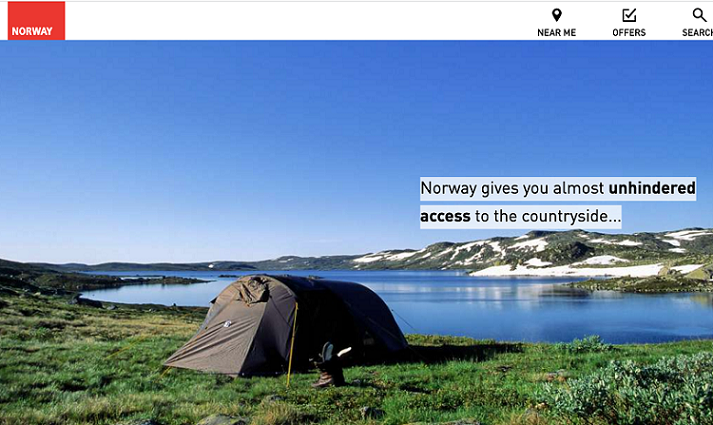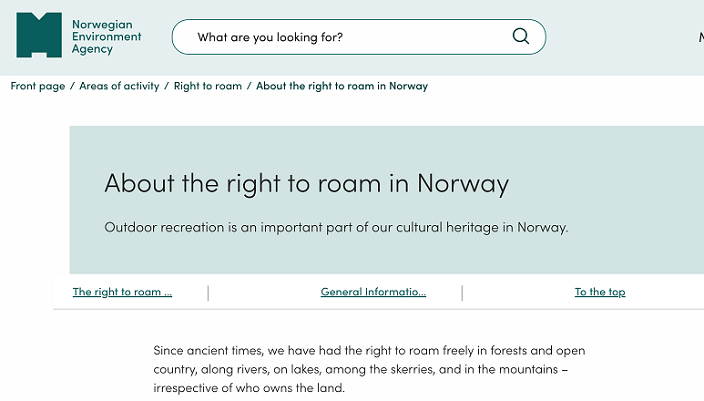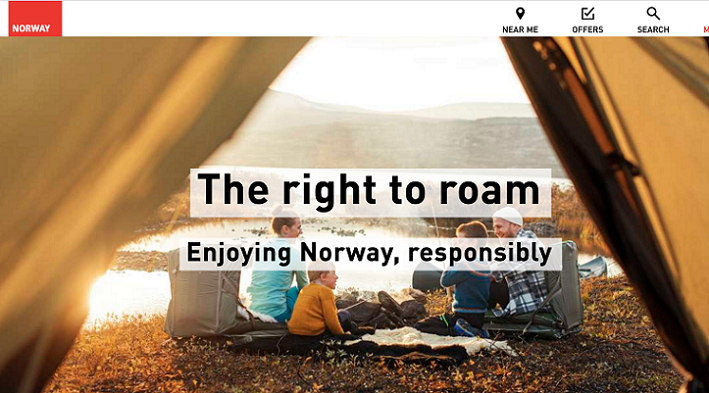DC a
Young people in Scotland who have grown up with the Right To Roam should be seriously concerned at attempts to erode and misinterpret this important legislation.
It was with great concern that I read the posts a few weeks back (see here) and earlier this week (here) about the attempts from some in Scotland to have our “Right To Roam” be known instead as our “Right of Responsible Access”. This strikes me as being too deferential to the landowning interests and should be resisted.
I grew up as a “child of the Right To Roam”. It came into being when I was 11 years old and since then I have been privileged to spend much of my time outdoors – safe in the knowledge I had the right to be there – providing I was acting in a responsible manner. I was also quick to understand as a child that the same goes the other way – that landowners also had an obligation to act in a responsible manner when it comes to the public exercising their right to access nature.

When I was young I spent a lot of time in Norway, enjoying their version of the Right To Roam on my skis. I moved full time in 2016 and have now lived here for 6 years.

Our Scottish Right To Roam is very closely based on the legislation that is in place in the Nordic countries. In Norway, access to nature is called “allemannsretten” – which is directly translated as “everyman’s right”. However – when Norwegians talk to English speakers about “allemannsretten”, in my experience they almost always use the term Right To Roam. Visit Norway (the national tourism board) use the Right To Roam (as shown in the photos) in their advertising to visitors. They specifically state that “Norway gives you almost unhindered access to the countryside, as long as you tread lightly and leave no trace”.

The Right To Roam is common knowledge here amongst all citizens, with everyone encouraged to explore the outdoors from their earliest years. Norwegian landowners, unlike it seems in Scotland, also absolutely understand that they share in the responsibility to help facilitate and encourage public access to nature. Norwegian landowners know it is very much to their advantage to welcome the public and to sustain the high levels of political support for the public subsidy of land use. I eagerly wait for the day Scottish landowners feel the same way!

I am 30 now, and I have the feeling that very few of my generation understand the difficulty that went into securing the access rights that we have grown up with in Scotland. At every stage of the legislative process, landowning interests tried to water it down, without success. My generation has to understand that the rights that we enjoy today are never safe – powerful lobbies will always try to undermine them when it suits their interests. On a trip home in October I noticed that many of the signs put up by landowners in the Cairngorms National Park “recommend” that you “keep to paths and tracks”.
If we allow our Right to Roam to be known as a “Right of Responsible Acces” how long will it be until “responsible access” means having to stick to marked paths? This is how our rights erode away at the hands of powerful vested interests.
Never, in my 6 years living full time in Norway have I ever seen a sign that recommends people to stick to marked paths over a large area.
Norwegians are taught about their Right to Roam from the earliest age. Your rights and responsibilities when accessing nature are common knowledge amongst a huge swathe of the population. In Scotland, it is too easy for powerful interests to erode peoples rights when too few of the population understand them and how those rights were won.
My generation needs to wake up to the reality that our Right To Roam will never be safe as long as too few of the population understand it. They need to speak up and push back against those trying to water this right down before it is too late.”

In Norway, as I recall reading about the origin of their right to roam legislation, the rights began due to the need for seasonal workforce on farms. Norway stretches a long way south to north and agricultural operations like sowing and. over that length, harvesting take place over longish periods due to differences in timing of seasons. Such workers were migratory and needed access to pass, camp and even gather some food of the land as they moved. There was actually a similar system in Scotland but the migratory working population was the “tinkers” (or travelling people as they are sometimes called now – to the amusement of the tinkers). They worked on farms along the way, camped on traditional and other sites., certainly gathered food off the land – eg by using their “lurchers” (dogs) to help with that, and passed along public and also traditional routes. If you ever spoke to them about it they certainly regarded the land as their land
in a basic philosophical/traditional sense and needed not ask anyone permission to access it. Mechanisation has removed the need for such a seasonal workforce but the tinkers are still with us.
Well said, Calum.
This wider – if slightly discomforting (?) – perspective which some of us would be well aware of, is most useful for the less travelled majority in Scotland to hear. Thank you.
Well said indeed! Would be great to see it published as an opinion piece in national press – and taken on board by Visit Scotland